 1995 Mitsubishi Lancer Evolution III Dimensions, Size & Specs
1995 Mitsubishi Lancer Evolution III Dimensions, Size & SpecsMeasurements of the 1995 Mitsubishi Lancer Evolution III, engineered for optimal performance and comfort
| Dimensions | |
|---|---|
| Length: | 4310 mm169.7 in14.1 ft |
| Width: | 1695 mm66.7 in5.6 ft |
| Height: | 1420 mm55.9 in4.7 ft |
| Weight Specifications | |
| Curb Weight: | 1260 kg2778 lbs |
| Tire Specifications | |
| Tire Size: |
|
The Mitsubishi Lancer Evolution III, produced between 1995 and 1996, represents the third generation of the legendary Evolution lineup, renowned for its rally-bred performance in a compact sedan format. Measuring 4310 millimeters (169.7 inches) in length, 1695 millimeters (66.7 inches) in width, and standing 1420 millimeters (55.9 inches) tall, this model strikes a balanced profile that combines sporty agility with practical road presence. With a curb weight of approximately 1260 kilograms (2778 pounds), the Evolution III maintained a lightweight build that contributed to its nimble handling and quick acceleration. The sedan featured tire sizes of 205/60 R15, aligning with its performance-oriented design while ensuring good grip and stability on diverse driving surfaces. As a continuation of Mitsubishi's commitment to rally-inspired engineering, the Lancer Evolution III offered enthusiasts a compelling package—combining compact dimensions, lightweight construction, and track-tested technologies in a street-legal sedan. This generation further cemented the Evolution's reputation for delivering sharp handling dynamics in a relatively compact footprint, making it a favorite among driving enthusiasts seeking a practical yet thrilling ride.
Discover the standout features that make the 1995 Mitsubishi Lancer Evolution III a leader in its class
Have a question? Please check our knowledgebase first.
The Mitsubishi Lancer Evolution III, produced from 1995 to 1996, has a length of 4310 mm (169.7 inches), a width of 1695 mm (66.7 inches), and a height of 1420 mm (55.9 inches). These dimensions reflect its compact sedan form factor, which is designed to balance sporty performance with practicality. Its relatively moderate size ensures good maneuverability on tight roads and tracks, while still offering sufficient presence on the road.
The curb weight of the Mitsubishi Lancer Evolution III is 1260 kg (approximately 2778 lbs). This weight is relatively light for a high-performance all-wheel-drive sedan of its era, allowing the car to accelerate quickly and handle nimbly. The combination of a lightweight chassis and Mitsubishi's advanced rally-inspired technologies results in a car that offers excellent agility and responsive driving dynamics, making it popular among performance enthusiasts.
The Lancer Evolution III comes equipped with 205/60 R15 tires. This tire size offers a good balance of grip, comfort, and durability. The 15-inch rims paired with these tires are typical for sports sedans from the mid-1990s. The tread width and profile contribute to the car's ability to maintain traction during aggressive driving, particularly under the Evo III's all-wheel drive system, enhancing cornering and stability.
Yes, the Mitsubishi Lancer Evolution III can generally fit into a standard home garage. With a length of 4310 mm (169.7 inches), a width of 1695 mm (66.7 inches), and a height of 1420 mm (55.9 inches), it is compact enough compared to typical garage dimensions. Standard single-car garages usually measure around 3 meters (9.8 feet) in width and over 5 meters (16.4 feet) in length, so the Evo III fits comfortably within these constraints, allowing enough room for easy parking and movement around the car.
Compared to its predecessor, the Lancer Evolution II, the Evolution III maintains very similar dimensions with only subtle changes. The Evolution II had comparable length, width, and height, around 4295 mm in length and 1695 mm in width. The evolutionary tweaks primarily focused on enhancing the aerodynamic design, suspension setup, and cooling, rather than significantly changing the size. Thus, dimensionally, the Evo III stays in line with the Evo II, while focusing on refining performance, handling, and stability.
The Lancer Evolution III is modestly sized compared to other performance sedans from the mid-1990s such as the Subaru Impreza WRX STI and the Nissan Skyline R32 GT-R. At 4310 mm in length and 1695 mm in width, it is slightly smaller or on par in footprint compared to these rivals. This smaller size often allowed the Evo III to maintain excellent agility and maneuverability, which was essential for rally-derived performance. While some competitors were larger and heavier, the Evo III's dimensions contributed to its reputation as a nimble and responsive sports sedan.
The Mitsubishi Lancer Evolution III, being a compact sports sedan, offers seating for five passengers with a driver-focused cockpit. The interior is designed to balance comfort with sportiness, featuring supportive seats that hold occupants securely during spirited driving. While the cabin space is adequate for average-sized adults, rear passenger headroom and legroom are somewhat limited due to the car’s compact dimensions and low roofline. Cargo capacity is typical for this class, with a trunk space sufficient for everyday needs but not as expansive as larger sedans, reflecting the Evo III’s performance-oriented design priorities.
Absolutely. The compact dimensions of the Mitsubishi Lancer Evolution III, specifically its moderate length and width combined with a low height of 1420 mm (55.9 inches), contribute significantly to its sharp handling and agility. The car’s short overhangs and compact size boost responsiveness in corners, making it exceptionally capable in tight and twisty driving scenarios such as rally stages or mountain roads. These size attributes, coupled with Mitsubishi’s advanced all-wheel-drive system, create a driving experience characterized by precision, quick directional changes, and excellent grip.
The Mitsubishi Lancer Evolution III offers a compact and lightweight package that directly benefits its sporty performance. Its relatively smaller size compared to many contemporary sedans makes parking and urban driving easier, while still delivering high levels of stability and control at speed. The relatively low height improves aerodynamics and a low center of gravity, enhancing cornering abilities. In summary, the Evo III’s size perfectly complements its rally-inspired engineering, striking a balance between everyday usability and high-performance capability.
The Mitsubishi Lancer Evolution III holds a respected position among motorsport enthusiasts, particularly within rally racing circles. It introduced several improvements over earlier versions, including aerodynamic enhancements, upgraded suspension, and better braking systems tailored for high-performance rallying. This generation struck a fine balance between raw power, reliability, and handling finesse, making it a sought-after model among collectors and tuners. Today, it's admired not only for its competitive pedigree but also for its strong aftermarket support and cult following in the automotive community.
Discover similar sized cars.

| Production: | 1989-2003 |
|---|---|
| Model Year: | 1989 |
| Length: | 4215-4335 mm165.9-170.7 in |
| Width: | 1675-1695 mm65.9-66.7 in |
| Height: | 1375-1420 mm54.1-55.9 in |
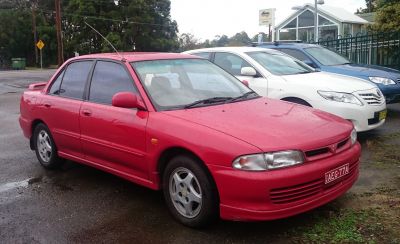
| Production: | 1992-1996 |
|---|---|
| Model Year: | 1991 |
| Length: | 4275 mm168.3 in |
| Width: | 1690 mm66.5 in |
| Height: | 1385 mm54.5 in |
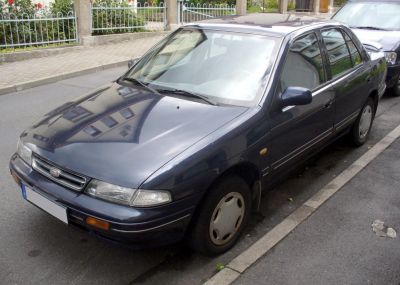
| Production: | 1995-1998 |
|---|---|
| Model Year: | 1995 |
| Length: | 4280-4360 mm168.5-171.7 in |
| Width: | 1695 mm66.7 in |
| Height: | 1390 mm54.7 in |
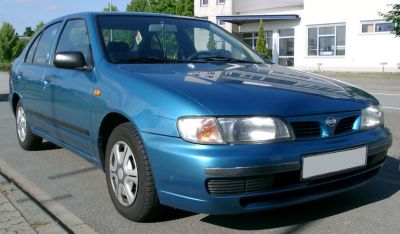
| Production: | 1995-2000 |
|---|---|
| Model Year: | 1995 |
| Length: | 4320 mm170.1 in |
| Width: | 1690 mm66.5 in |
| Height: | 1365-1395 mm53.7-54.9 in |
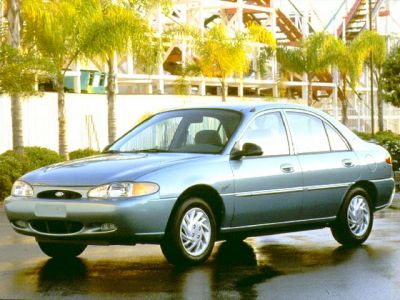
| Production: | 1995-2000 |
|---|---|
| Model Year: | 1995 |
| Length: | 4293 mm169.0 in |
| Width: | 1700 mm66.9 in |
| Height: | 1394 mm54.9 in |
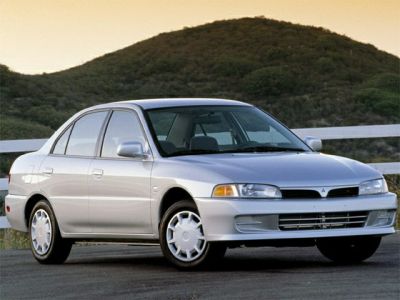
| Production: | 1995-2002 |
|---|---|
| Model Year: | 1995 |
| Length: | 4290 mm168.9 in |
| Width: | 1690 mm66.5 in |
| Height: | 1395 mm54.9 in |
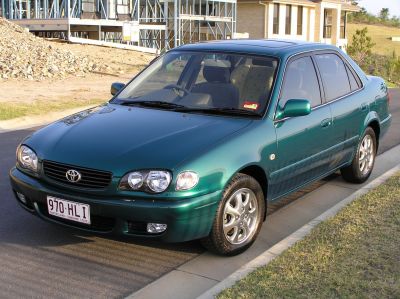
| Production: | 1997-2000 |
|---|---|
| Model Year: | 1998 |
| Length: | 4295 mm169.1 in |
| Width: | 1690 mm66.5 in |
| Height: | 1385 mm54.5 in |
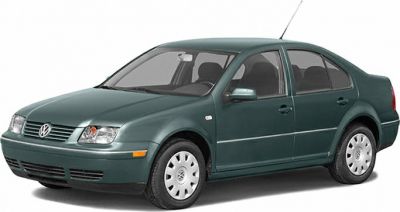
| Production: | 1998-2005 |
|---|---|
| Model Year: | 1999 |
| Length: | 4374-4380 mm172.2-172.4 in |
| Width: | 1730-1740 mm68.1-68.5 in |
| Height: | 1446-1480 mm56.9-58.3 in |
